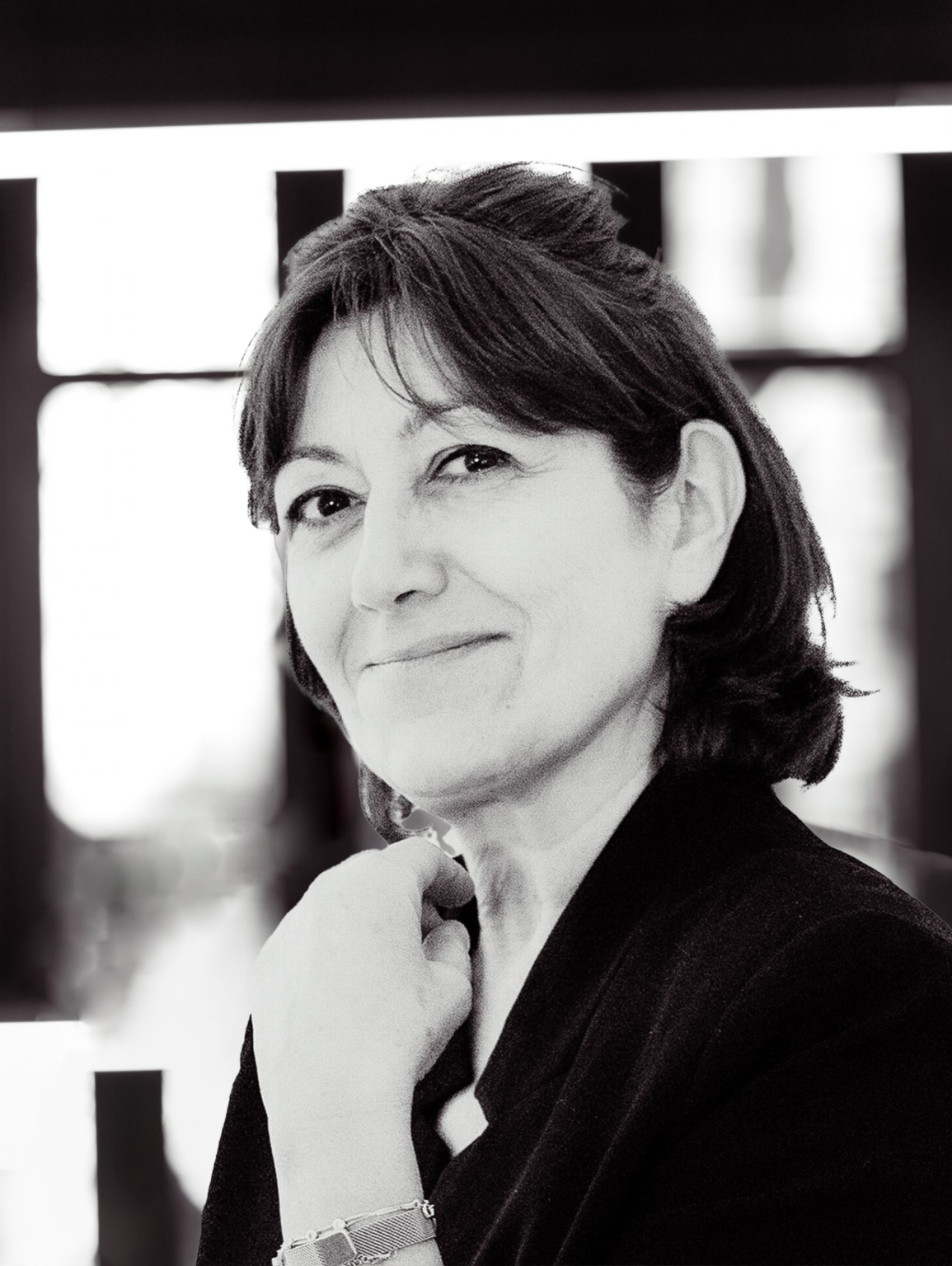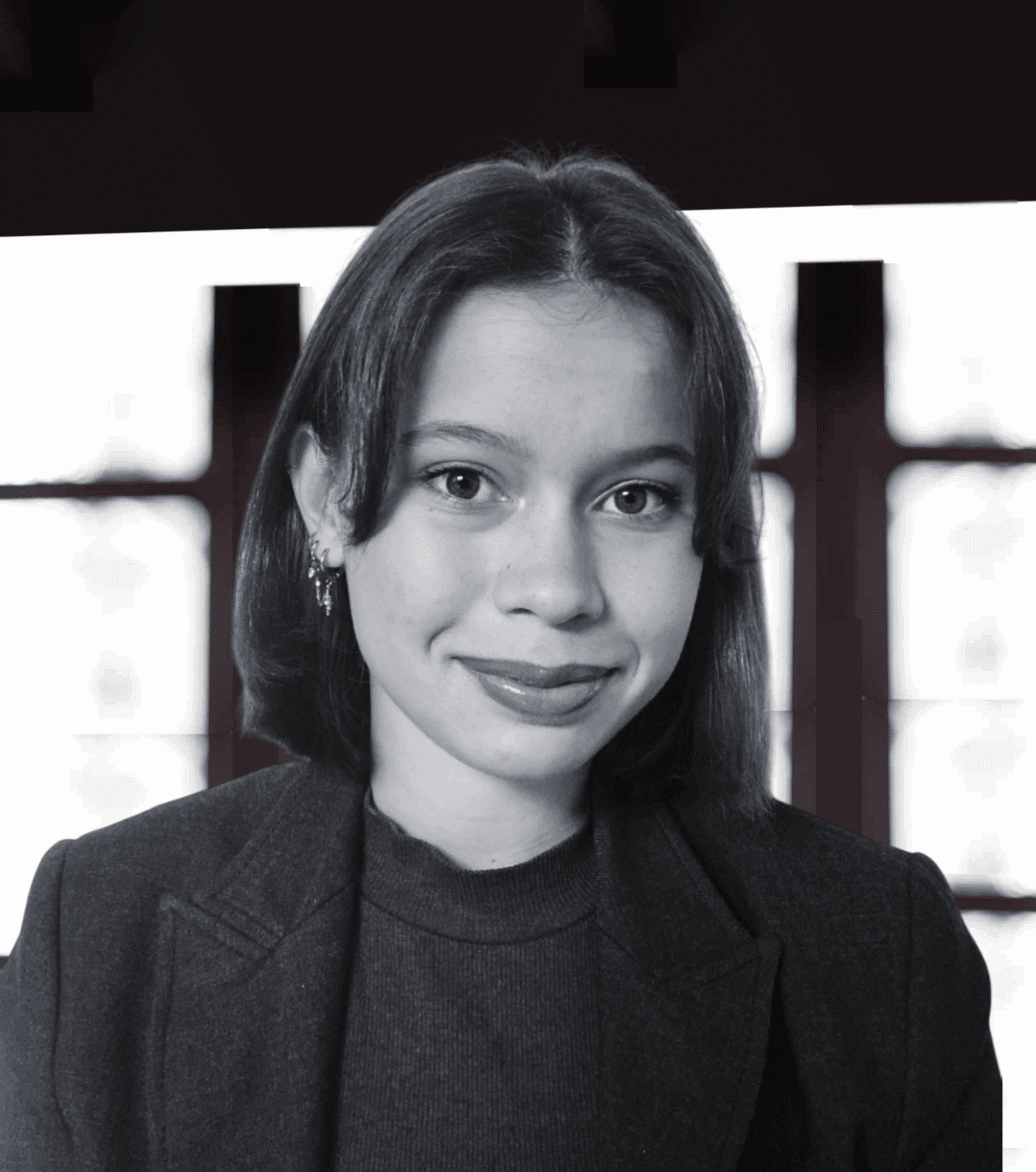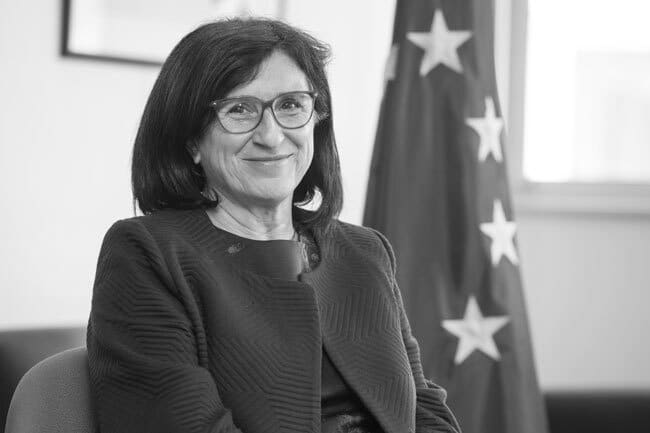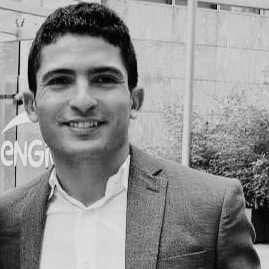Zuzana STEVULOVA
Lawyer, Director of the Human Rights League (Slovakia)
The “Visegrad Four” (Hungary, Poland, Czech Republic and Slovak Republic) has become very unpopular during the migrants’ crisis, because of their stands against the relocation. However, the region is not as homogenous as it seems to be from abroad.
The number of asylum seekers, recognised refugees, subsidiary protection holders who are or who were in the region are very low. Comparing to the number of refugees that France or Germany are receiving, Slovakia’s numbers are and have been decreasing steadily since 2005.
In 2015, there were 330 asylum seekers only in Slovakia. So far, in 2017, there have been 65 of them/The number of people that Slovakia grants with international protection is really low. The only exception was 2016 and the number (167 people were recognised as refugees) is the highest one since the independence of the Slovak Republic in 1993, because Slovakia has resettled 149 Iraqis who were at the time internally displaced in Iraq : technically, they were not refugees, but Slovakia had agreed with U.S. based charity organization that it would resettle Iraqi Assyrian Christians to the region. Similar program has been implemented in Czech Republic and Poland. Otherwise, the number would have probably been much lower.
So far, Slovakia has relocated 16 people, including 5 single mothers and 11 children. This poses a problem and can be difficult for their integration because in Slovakia, one of the main groups in risk of poverty are single mothers and children. The kindergartens are in big shortage. However, the government thought it was important to focus on this group of asylum seekers.
Slovakia did not perform well on resettlement (0 person resettled). So far, there has been no agreement on resettlement being undertaken by Slovakia. The stance of the country is that by resettlement of 149 Iraqis, we did fulfil the voluntary obligation, which we pledged in 2015 and being about 100 people to resettle and 100 people to relocate. When it comes to the nationalities of asylum seekers and refugees being in Slovakia, the interesting is that we do not even have Syrians as a high number of asylum seekers or international protection holders. For example, in the first months of 2017, the highest number of first-time asylum applicants comes from Afghanistan (13) and Iraq (9), followed by Vietnam (7) and Syria (7), Libya (5) and Iran (5). The recognition rate in 2017 is highest for Syria (7 asylums and 1 subsidiary protection) and Ukraine (1 asylum and 6 subsidiary protections). Previously there were also Somalis coming to Slovakia.
In the other 3 “V4” countries, the situation is very different In 2015, Hungary received a huge number of asylum seekers (177 135) who attempted to cross the territory. Later, the numbers went down because of the Hungarian policies that were implemented at the borders of the country. In 2017, 1495 asylum seekers arrived in Hungary. There was 0 relocation. Poland has a little bit higher number but the country mainly received migrants from Russia. In 2015, there were 12 325 asylum seekers in Poland, while in 2017, there were 2 553 asylum seekers. In Czech Republic, there were 1 525 asylum seekers in 2015, 1 475 in 2016, and 450 so far in 2017. 12 relocated, 52 resettled under the scheme with Turkey.
The overall political situation in these countries needs to be taken into account in order to understand the reactions towards the refugees In Slovakia, the refugee crisis of 2015 was a huge topic, much because it was an election time. As soon as the elections actually ended in March 2016, the domestic rhetoric completely changed. One of the outcomes of the elections has been that the neo-Nazi party has entered the Parliament. This is usually explained by the fact that the xenophobic rhetoric’s of the other leaders, especially from ruling party SMER, aided the real xenophobes to enter our Parliament. But in the second half of 2016, the politicians had to soften their rhetoric as Slovakia was holding the Council of the EU Presidency.
In Hungary, the situation is rather different. Viktor Orban’s rule is about the power in the country and State-propaganda. This is a very difficult situation for the refugees representatives or NGO sector as such. In contrast, in Poland, it is more about ideology or identity politics. But, on the regional level, one can find a number of interesting citizen’s initiatives and strong mayors in major cities who actually indirect the position to the government, and who are implementing welcoming refugee policies.
Czech Republic struggles with a very tricky domestic political scene. Mid-June it was announced that the Prime Minister, who notably has announced that he would not comply with relocation and resettlement, would not be leading his party to the elections. One of the main issues which shape the understanding of migration in the V4 region is the understanding and self-understanding of the region as a transit region. This functions asa self-fulfilling prophecy, which does not allow stakeholders and decision-makers to change their thinking about the issue. Unless we change it in all of our minds, we hardly can expect any change in the politics as well as in the behaviour of the asylum seekers who are actually not really queuing and staying in the lines for coming to the countries of the region. Their trust into the region and having prospects of decent settlement must be built accordingly, which is also important in relation to prevention of secondary movements.
Another issue, which has helped to shape understanding of migration and refugees in the region is the border security in the EU. Slovakia, Hungary and Poland are Schengen borders countries. In order to enter Schengen, our countries had to fulfil strict criteria related to security of external EU land border. This also formed their understanding on how other countries shall perform when it comes to the issue of preventing irregular border crossing and stopping the migration. In my opinion, our aim should be to build trust and use a friendly asylum system towards the refugees who are coming to the region. Integration requires specific tools based on a political will.












